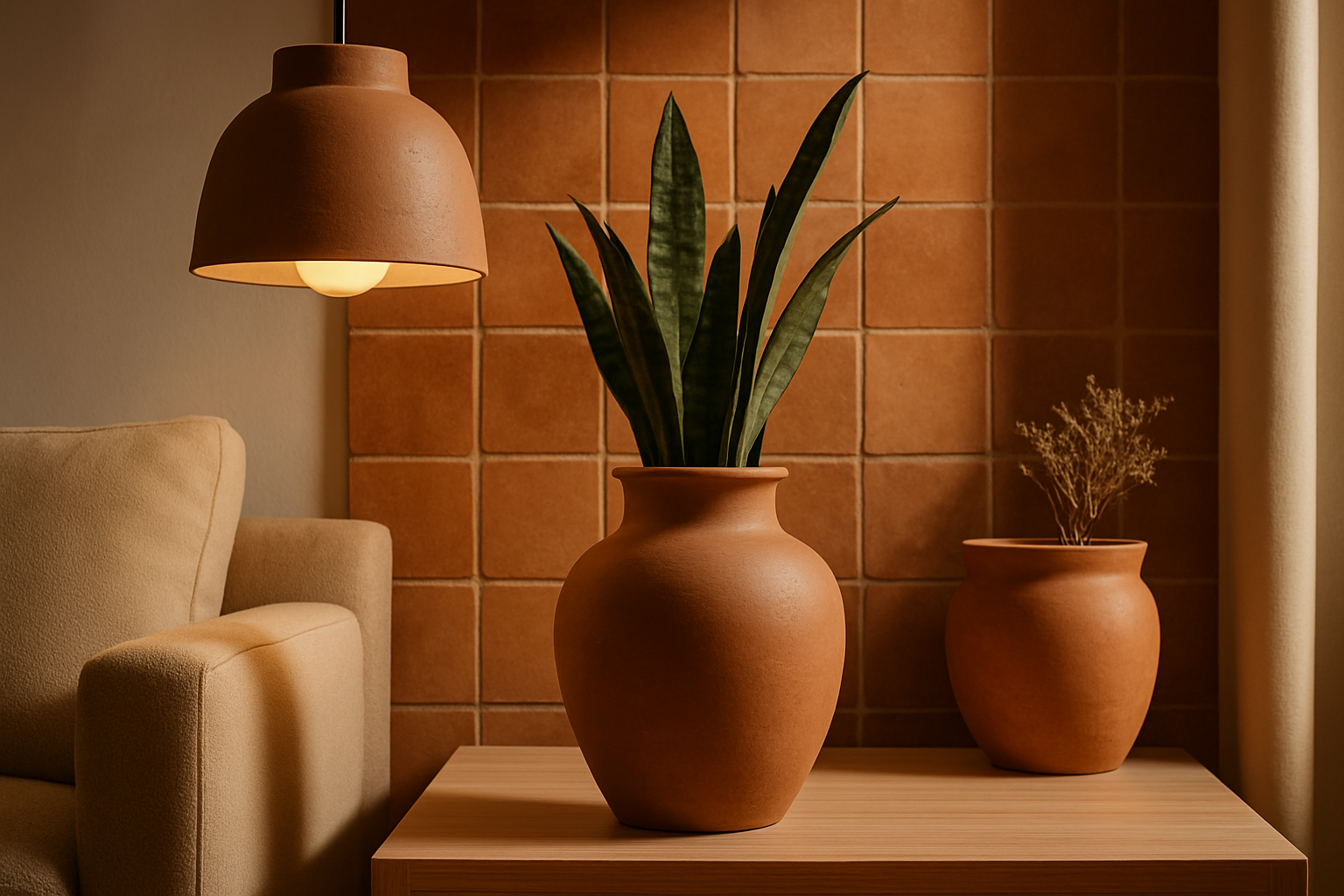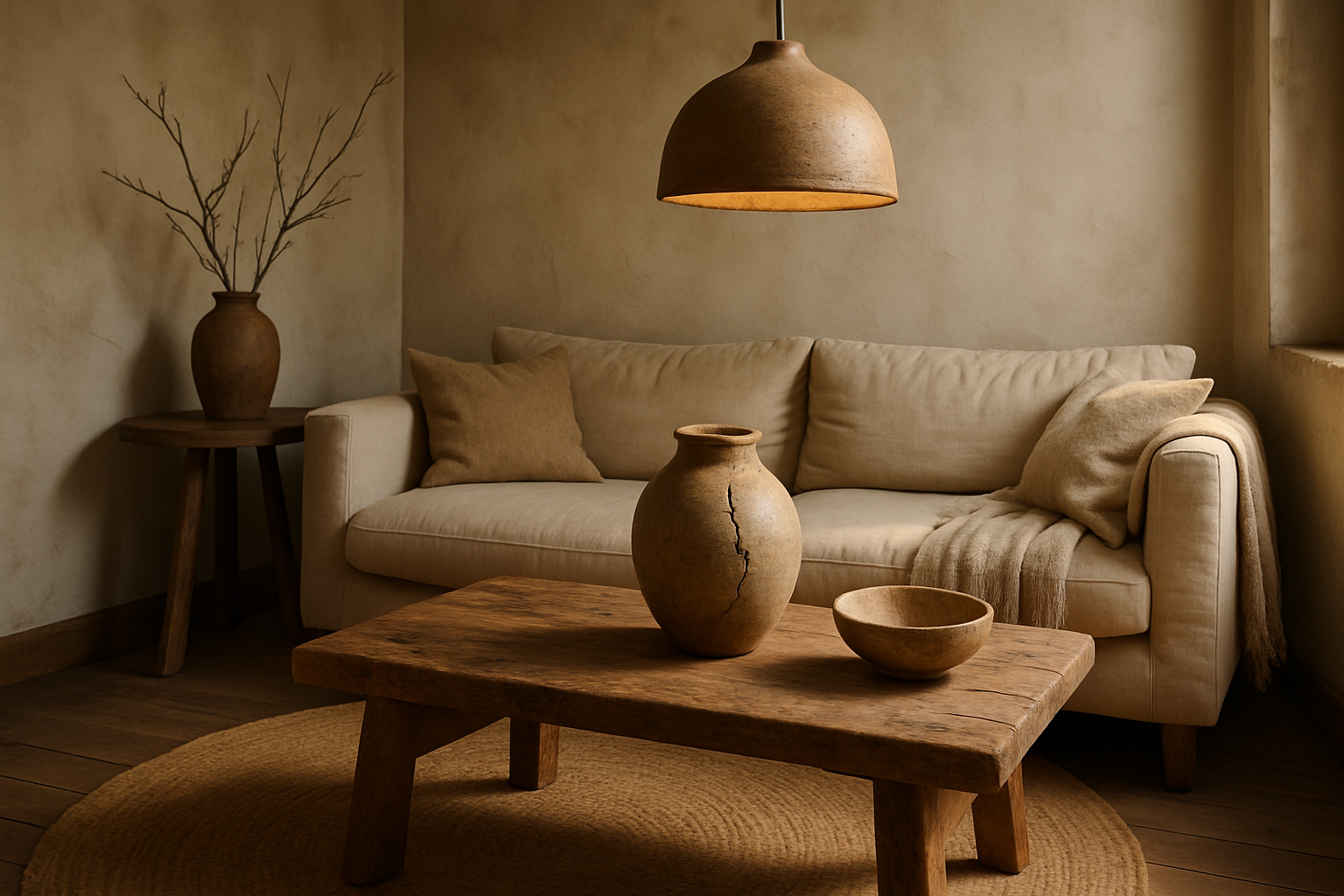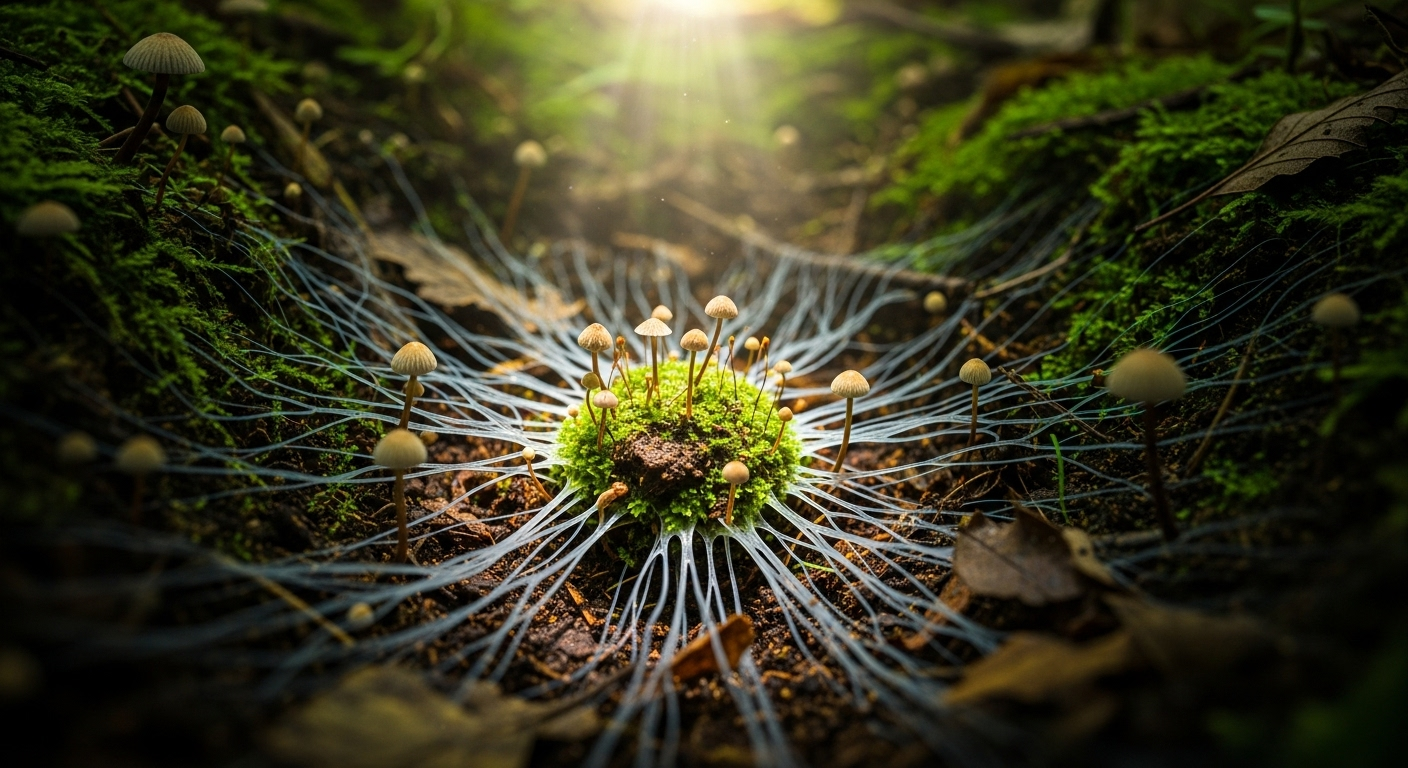The Enchanting World of Wabi-Sabi Home Design
Embracing imperfection in the pursuit of tranquility, Wabi-Sabi design philosophy is redefining modern interiors. This ancient Japanese aesthetic, rooted in finding beauty in the flawed and incomplete, offers a refreshing counterpoint to our polished, fast-paced world. As homeowners seek solace and authenticity in their living spaces, Wabi-Sabi emerges as a beacon of mindful design, inviting us to slow down and appreciate the subtle poetry of everyday objects.

In the context of home design, Wabi-Sabi translates into an appreciation for natural materials, muted colors, and handcrafted items. It encourages us to cherish objects that bear the marks of time and use, seeing them not as flawed but as vessels of history and character. This philosophy stands in stark contrast to the disposable culture of modern consumerism, offering a more sustainable and meaningful approach to home decor.
Aesthetic Principles of Wabi-Sabi Design
At the heart of Wabi-Sabi design lies a set of aesthetic principles that guide the creation of harmonious living spaces. These include asymmetry, roughness, simplicity, economy, austerity, modesty, intimacy, and the appreciation of natural objects and processes. In practice, this might manifest as uneven ceramic bowls, weathered wood furniture, or imperfectly woven textiles.
Color palettes in Wabi-Sabi interiors tend to be neutral and earthy, drawing inspiration from nature. Muted tones of gray, brown, and green create a sense of calm and groundedness. Textures play a crucial role, with an emphasis on natural, tactile materials like raw wood, stone, and linen. These elements combine to create spaces that feel organic, lived-in, and deeply connected to the natural world.
Incorporating Wabi-Sabi Elements in Modern Homes
Adopting Wabi-Sabi principles doesnt require a complete home overhaul. Small, thoughtful changes can significantly shift the energy of a space. Start by decluttering and simplifying your surroundings, keeping only items that hold genuine meaning or utility. Introduce natural elements like driftwood, river stones, or dried flowers as decor pieces.
Consider swapping out mass-produced items for handcrafted alternatives. This might include pottery with visible fingerprints, hand-woven blankets with slight irregularities, or furniture made from reclaimed wood. Each imperfection tells a story, adding depth and character to your home.
Lighting plays a crucial role in Wabi-Sabi interiors. Opt for soft, diffused light sources that mimic natural daylight. Candles, paper lanterns, or salt lamps can create a warm, intimate atmosphere that encourages relaxation and introspection.
The Psychological Benefits of Wabi-Sabi Spaces
Beyond its aesthetic appeal, Wabi-Sabi design offers significant psychological benefits. In a world that often glorifies perfection and constant upgrade, Wabi-Sabi provides a refreshing alternative. By surrounding ourselves with objects that embrace imperfection, we learn to be more accepting of our own flaws and those of others.
Wabi-Sabi spaces encourage mindfulness and presence. The simplicity and thoughtful arrangement of objects invite us to slow down and appreciate the beauty of the present moment. This can lead to reduced stress, improved mental clarity, and a greater sense of overall well-being.
Moreover, the emphasis on natural materials and handcrafted items fosters a deeper connection to the world around us. In an age of digital overload, this grounding in the physical world can be profoundly healing and restorative.
Wabi-Sabi and Sustainable Living
The Wabi-Sabi philosophy aligns beautifully with the principles of sustainable living. By valuing objects that age gracefully and improve with use, we naturally move away from the disposable culture that contributes to environmental degradation. Wabi-Sabi encourages us to repair rather than replace, to see beauty in patina and wear, and to choose quality over quantity.
This approach extends to our consumption habits as well. Instead of constantly chasing the newest trends, Wabi-Sabi invites us to curate our spaces slowly and thoughtfully. This might mean investing in a single, well-crafted piece of furniture rather than a roomful of mass-produced items. It could also involve repurposing old objects in creative ways, giving them new life and meaning.
Challenges and Misconceptions
While Wabi-Sabi offers a compelling approach to home design, its important to address some common misconceptions. Wabi-Sabi is not about neglect or intentionally damaging items. Rather, its about appreciating the natural aging process and the stories that objects accumulate over time.
Some may find it challenging to break away from the perfectionist tendencies ingrained in modern design aesthetics. The key is to start small and gradually embrace the beauty of imperfection. Remember that Wabi-Sabi is as much a mindset as it is a design style.
Another potential hurdle is finding authentic Wabi-Sabi pieces in a market flooded with mass-produced imitations. The solution lies in seeking out local artisans, exploring antique shops, or even trying your hand at creating your own imperfectly perfect objects.
The Future of Wabi-Sabi in Home Design
As we move further into the 21st century, the appeal of Wabi-Sabi design is likely to grow. In an increasingly digital and artificial world, the authenticity and groundedness offered by this philosophy will become ever more valuable. We may see a rise in the popularity of natural building materials, a greater emphasis on craftsmanship, and a shift towards more mindful, curated living spaces.
Wabi-Sabi also offers a compelling framework for addressing environmental concerns in home design. As sustainability becomes a crucial consideration in architecture and interior design, the Wabi-Sabi principles of simplicity, durability, and appreciation for natural processes will likely play a significant role in shaping future design trends.
In conclusion, Wabi-Sabi design offers more than just a new aesthetic for our homes. It presents a holistic approach to living that encourages mindfulness, sustainability, and a deeper appreciation for the imperfect beauty of the world around us. By embracing these principles, we can create living spaces that not only look beautiful but also nurture our well-being and connection to the natural world. In the quest for authenticity and meaning in our fast-paced lives, Wabi-Sabi emerges as a timeless guide, inviting us to find beauty in the simple, the imperfect, and the ever-changing.





